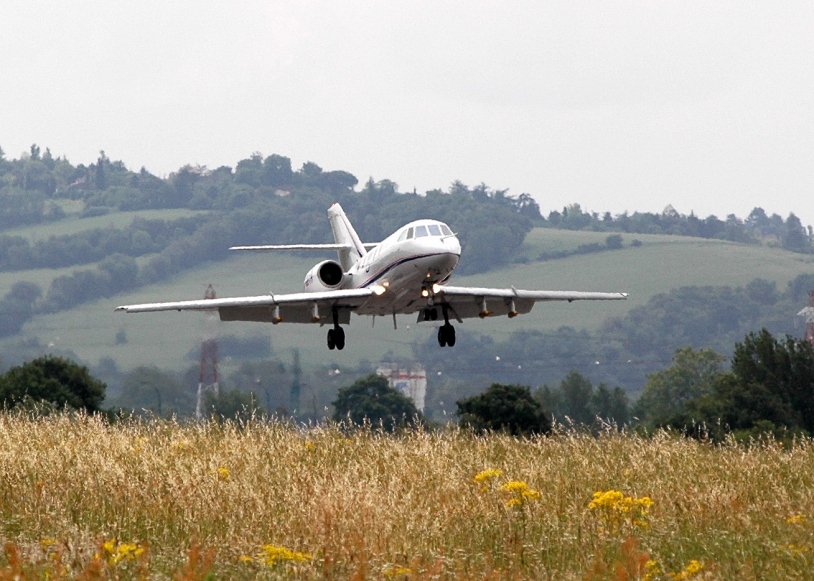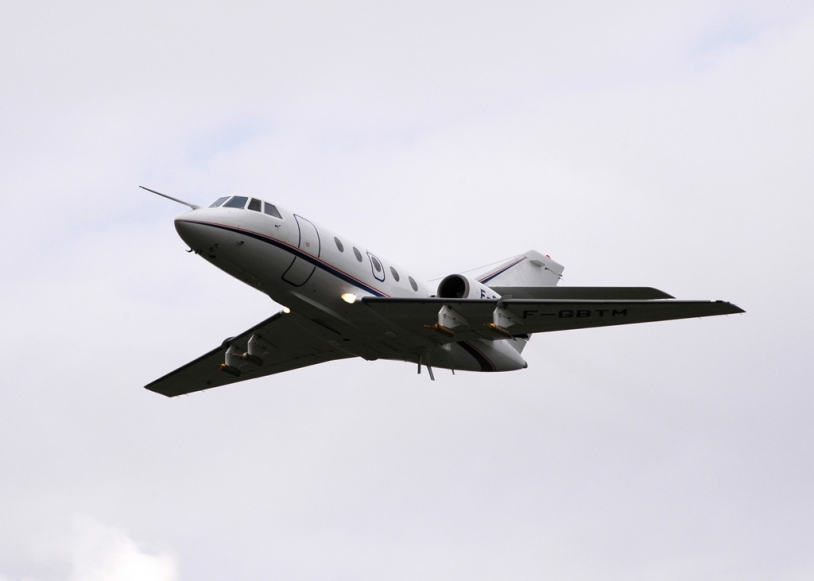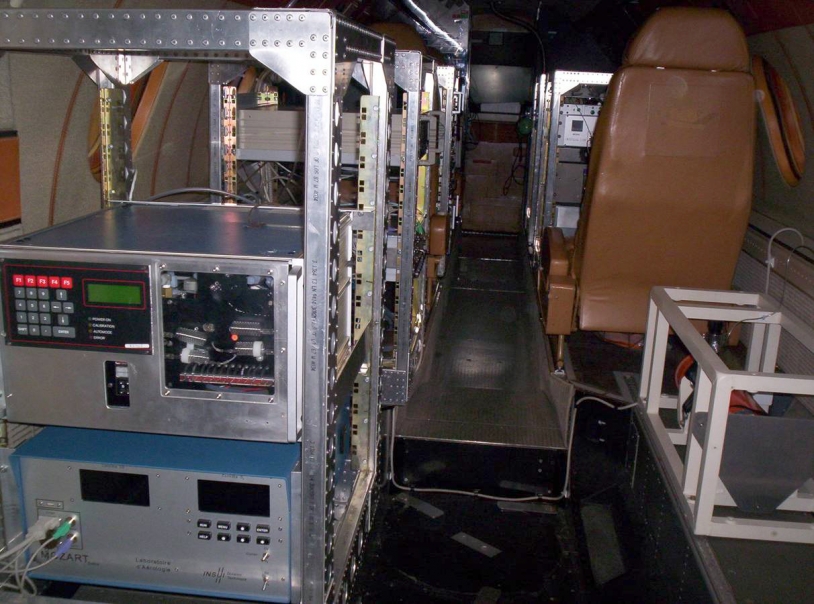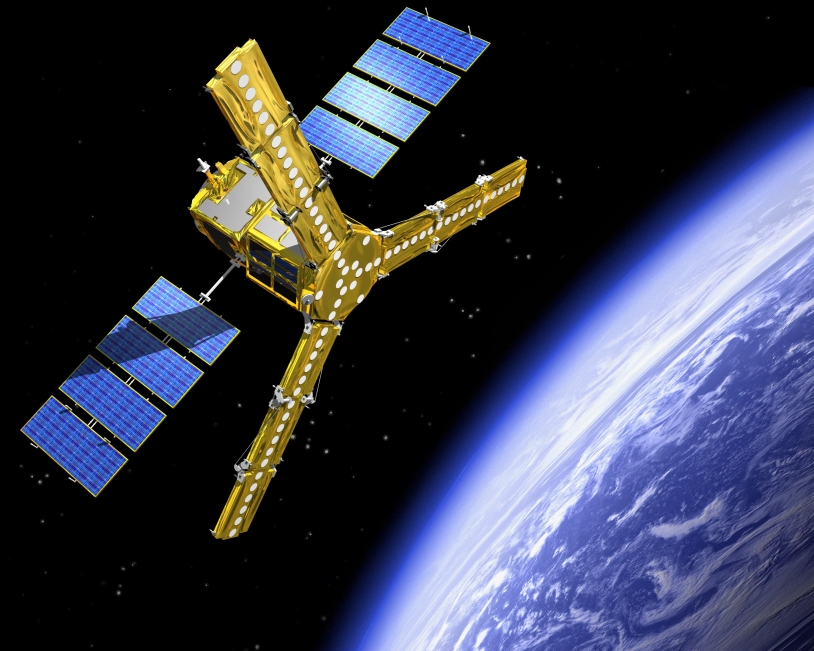12 August 2009
From integration to exploitation

SAFIRE1 is a joint research unit of Meteo-France, CNRS-INSU and CNES, which is also the unit’s number one customer.
SAFIRE is the only research unit of its kind in France.
Based in Toulouse, its core competencies are climate and environmental research, and instrument validation.
Its key assets are its know-how and a fleet of 3 aircraft - a Falcon 20, an ATR 42 and a Piper Aztec - instrumented to acquire airborne measurements.

“We are renowned for our expertise in atmospheric chemistry, ocean and atmosphere research, and radiation,” explains Marc Pontaud, SAFIRE’s director. “We fit our aircraft with scientific instruments to acquire data in real time in line with customers’ specifications, and we also offer data processing capabilities.”
In this respect, airborne assets are an essential complement to satellites.
“SAFIRE allows us to complement satellite measurements in the lower or middle troposphere and to acquire data along satellite ground tracks for climatology and atmospheric research programmes,” says Didier Renaut, in charge of weather and climate programmes at CNES.
Calibration, validation, observation…

SAFIRE’s mission starts in the aircraft hangars.
“The aircraft is configured like a flying laboratory, with modular equipment racks tailored to the mission specifications,” explains Marc Pontaud.
SAFIRE has also contributed to space missions like A-Train, Calipso and SMOS.
But the unit’s expertise goes beyond data acquisition and processing.
As an accredited certification body, SAFIRE is also called upon by CNES to calibrate and validate satellite instruments.

“Numerous airborne campaigns have been flown to validate measurements from the Calipso satellite’s instruments, notably its lidar and infrared radiometer,” confirms Didier Renaut. “SAFIRE also supported science laboratories with flight demonstrations to develop algorithms for CAROLS, a radiometer much like the one set to fly on the SMOS mission.”
Besides this function, SAFIRE, as a key partner of the European Fleet for Airborne Research (EUFAR), is contributing to major scientific programmes like AMMA and Polarcat, which are key to understanding climate phenomena.
1 Service des Avions Français Instrumentés pour la Recherche en Environnement